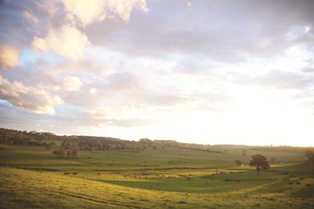Leasing land can be a great way to get into agriculture or expand your existing business without the high capital cost of purchasing land. For the landowner, it can also provide a steady income from land they are not currently farming.
Before you enter into any agreement you should consider the length of the lease, the cost, each parties' responsibilities, restrictions on the property and what should happen in the case of a default or dispute.
The leasing of land is defined as a financial agreement where the land is rented for an extended period of time.
Leasing land can provide a steady return to a landowner without them having to do the actual farming. This may be valuable when the majority of your income and commitments require you to be away from the property.
Leasing can also allow a person to get into farming or expand their existing business without the high capital costs of land ownership.
 |
What to consider
When entering into a lease there are a number of things that both landowners and lessees will commonly provide.
For the landowner this comprises the land, buildings and fences; the payment of council rates and insurance on fixed assets. Alternatively, tenants will usually provide the labour, machinery and livestock, the operating costs, repairs and maintenance on fixed assets and the insurance for their machinery.
Tenants will also bear the responsibility for any accidents associated with their farming operations.
When determining the terms of the lease and the responsibilities of each party, legal advice should be sought.
For more information on the cost of leasing, expenses, responsibilities, restrictions, leasing defaults and more go to the Small Landholder Information Services ‘Leasing land for agriculture’ publication.



